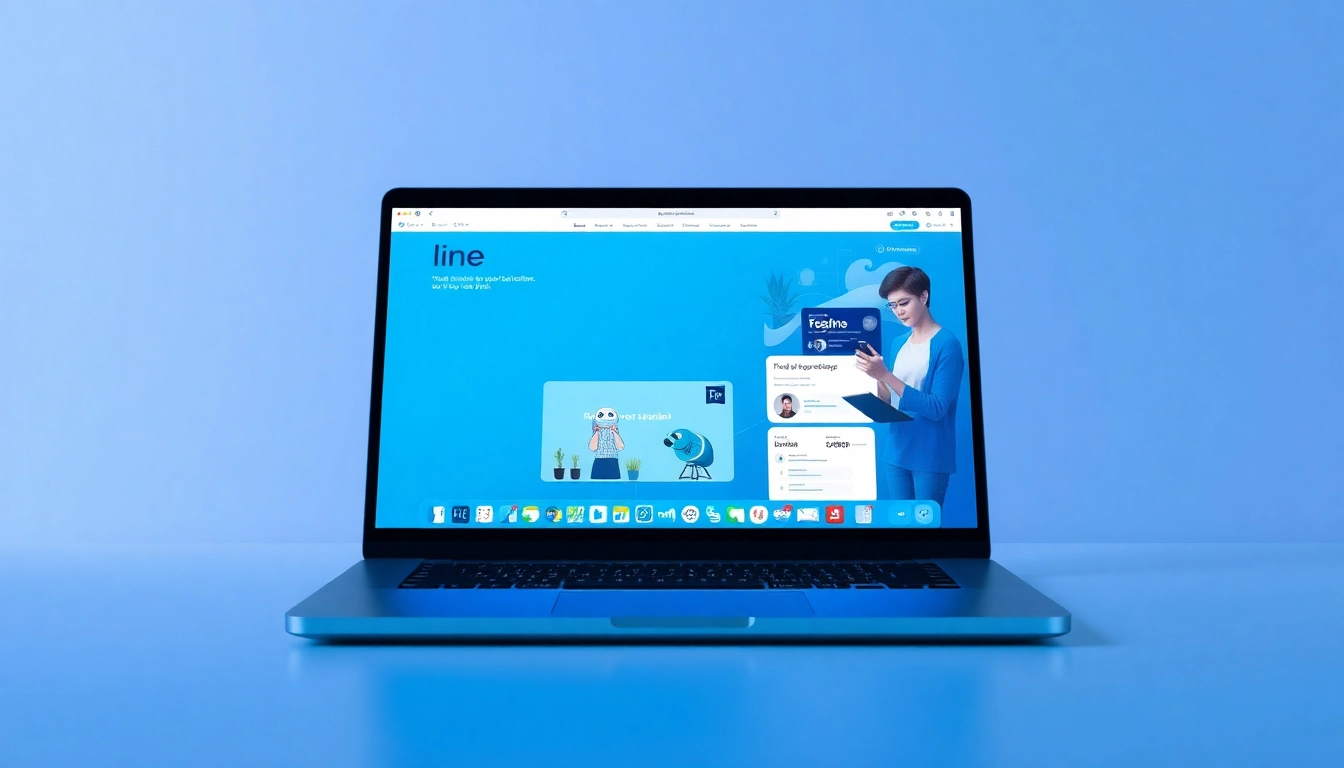Understanding the api for midjourney
What is api for midjourney?
The api for midjourney refers to a non-official application programming interface designed to facilitate the integration of Midjourney, a widely known AI-based text-to-image generation tool. While Midjourney primarily operates via a Discord bot and does not offer a formal API, developers have created alternative solutions to allow users to access its capabilities programmatically. These APIs act as intermediaries, enabling developers to automate tasks such as generating images from textual descriptions without needing to interact directly with the Discord bot interface.
Key Features and Benefits
The api for midjourney typically encompasses several key features that enhance the user experience and streamline integration processes. Key benefits include:
- Accessibility: Allows users to access Midjourney’s image generation capabilities outside of Discord.
- Automation: Facilitates bulk image generation, enabling workflows that require multiple images based on varying input text.
- Customization: Developers can tailor the API to specific needs, integrating it seamlessly into various applications or websites.
- Support for Multiple Requests: Users can send numerous requests simultaneously, making image generation faster and more efficient.
How it Works: Basics Explained
The workings of the api for midjourney revolve around sending and receiving data from a server that mimics the functionality of the Midjourney service. Developers create a request by composing a proper endpoint URL along with the necessary authentication details and the information needed for image generation, such as the text prompt. The server processes this request and responds with the generated image, which can be retrieved and used as needed.
Getting Started with api for midjourney
Setting Up Your Development Environment
Before diving into utilizing the api for midjourney, a few prerequisites need addressing:
- Programming Language: Familiarity with languages like Python, JavaScript, or another backend technology is essential for effectively using the API.
- Development Tools: Choose an Integrated Development Environment (IDE) or code editor that you are comfortable with, such as VS Code, PyCharm, or even simple text editors.
- API Key: Depending on the service used, obtain the API key required to authenticate your requests.
- Libraries & Dependencies: Ensure that you have installed any necessary libraries or packages needed for making HTTP requests and processing the API responses.
Integration Process: Step-by-Step Guide
The integration of api for midjourney generally follows these steps:
- Obtain Access: Register for an API key on the platform providing the Midjourney alternative. This key will be essential for authenticating your requests.
- Make Your First Request: Write a simple script in your chosen programming language to send a test request to the API endpoint with your API key and a sample text prompt.
- Handle Responses: Parse the response received from the server, which will often include the URL of the generated image or the image data itself.
- Error Handling: Implement checks to manage potential errors or exceptions that may arise from the API requests. This can include handling rate limits, invalid API keys, or timeouts.
Common Troubleshooting Tips
While working with the api for midjourney, you may encounter various challenges. Here are some common troubleshooting tips:
- Check API Documentation: Always refer to the specific API documentation available to clarify endpoints, request formats, and authentication procedures.
- Inspect Error Messages: Pay attention to error messages returned by the API; they can provide insights into what went wrong.
- Rate Limits: Make sure you aren’t exceeding rate limits defined by the API, as this can lead to rejected requests.
- Network Issues: Confirm that your local network or firewall settings are not blocking API requests.
Advanced Use Cases for api for midjourney
Creating Unique Digital Artworks
The versatility of the api for midjourney allows creators to produce unique digital artworks based on specified text prompts. By experimenting with various prompts, styles, and parameters, users can generate a diverse range of images, enhancing their creative projects or portfolios.
Automating Image Generation Workflows
For businesses and creative professionals, automating the image generation process saves time and resources. By integrating the api for midjourney into existing workflows, organizations can automate repetitive tasks such as:
- Content Generation: Automatically generate images for blog posts, social media, or marketing materials based on incoming data or prompts.
- Product Visualization: Create images to showcase products dynamically, customizing visuals based on user input or preferences.
Leveraging User-Focused Features
With the api for midjourney, developers can curate personalized experiences for end-users. By allowing users to input their own text prompts and customize settings, applications can become highly interactive and user-centered. This can be crucial in fields such as e-commerce, education, or entertainment, where visual content needs to address specific audience needs.
Performance Metrics and Best Practices
Measuring Success with api for midjourney
To evaluate the effectiveness of using the api for midjourney, it’s vital to establish performance metrics. Key performance indicators (KPIs) include:
- Response Time: Measure how quickly the API responds to requests to assess user experience efficiency.
- Error Rate: Monitor the frequency of errors occurring in requests to identify areas needing improvement.
- Usage Statistics: Track the number of requests made and successful image generations to gauge service demand.
Tips for Maximizing Efficiency
To enhance the performance of the api for midjourney, consider the following best practices:
- Optimize Requests: Limit the size and complexity of requests, ensuring that they are directed and to the point.
- Batch Processing: If possible, send batch requests to reduce overhead and improve the overall throughput of image generation.
- Implement Caching: Cache previously generated images when applicable to minimize repetitive requests and speed up processes.
Adjusting Settings for Optimal Performance
Different projects may require adjustments to the parameters or settings used with the api for midjourney. Experimenting with different prompting techniques, styles, or dimensional aspects can significantly impact the quality and relevance of generated images. Conducting A/B tests on different prompt variations can also shed light on what works best for your specific needs.
Future of Image Generation with api for midjourney
Trends in AI Image Technology
The future of image generation, particularly with the api for midjourney, is likely to be shaped by trends in AI technology. As models become increasingly sophisticated, image quality and versatility will continue to improve, allowing for even more nuanced creations.
The Impact of Community Contributions
Community-driven innovations can significantly enhance the capabilities of the api for midjourney. As more developers contribute to libraries, frameworks, and plugins around the API, a more robust ecosystem will emerge, fostering improved tools and expanded functionality for users.
What to Expect from Future Updates
Future updates for the api for midjourney may include enhanced features, improved user interfaces, and potentially broader integrations with other platforms. Keeping an eye on trends within the AI image generation landscape will enable users to stay ahead and make the most of what is available.



